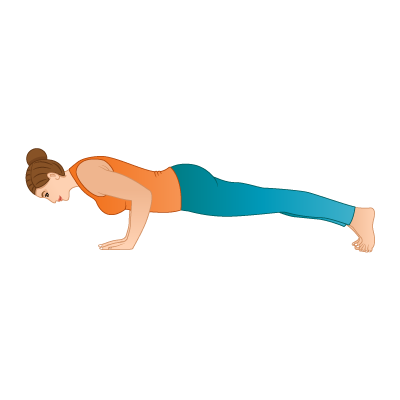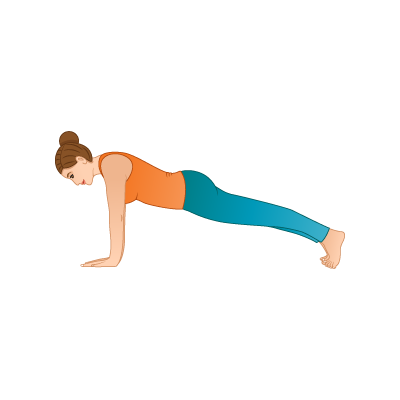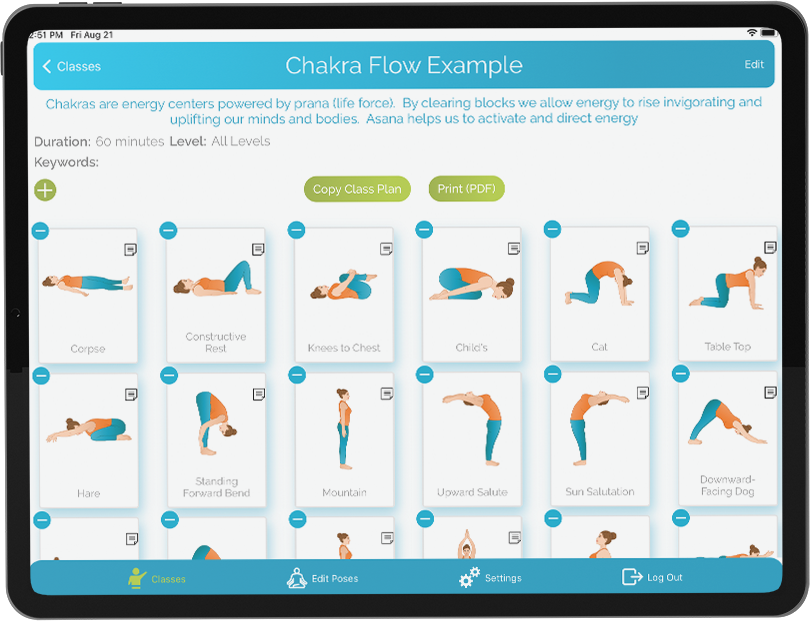An introduction to the 8 limbs of Yoga
September 20, 2017 | 5 min read
Yoga is an ancient practice that has been able to survive through the years. While most of us practice just one part of yoga, we often don’t realize that there are in fact 8 limbs to the practice of yoga. The Sage Patanjali wrote the Yoga Sutras, containing 196 sutras. While the exact date of the sutras creation are hotly contested amongst yoga scholars, the text itself is incredibly old.
Within The Yoga Sutras of Patanjali, the text lays out the 8 limb path of yoga. With details of how to practice, ways to treat oneself, ways to treat others and guidance to remain on the path towards yoga.
In short, the 8 limbs are:
- Yama – Morality
- Niyama – Personal Observances
- Asana – Body Movement
- Pranayama – Control of Prana through Breathing
- Pratyahara – Sense Control
- Dharana – Concentration
- Dhyana – Meditation
- Samadhi – Union
To understand each of these limbs a bit more fully, let’s take a look at what each limb entails.
Yama
Often the first step on the path of yoga, the yamas are a series of five steps to take towards all of those around you.
- Ahimsa – when taken literally, means to not hurt or injure. In yoga, it really encompasses more and asks that you express friendliness, kindness and compassion towards all beings.
- Aparigraha – this yama references taking only what you need and have earned. It has a secondary meaning of letting go of attachments in order to accept the impermanent nature of life.
- Asteya – translated to non-stealing, this yama covers a broad meaning. It means not only abstaining from taking what is not yours, but also being aware and conscious of how you take from others time, possessions, and much more.
- Brahmacharya – this yama references abstinence in our relationships. It strives to be mindful of the energy we give and take when in relations with another person to ensure we do not use it for harmful means.
- Satya – meaning “to speak the truth,” this yama seeks to find a mindfulness in the words that we speak. As it is what leads to the basis of a transparent society across all levels.
Niyama
The word niyama means “rules,” in the case of the sutras these are personal rules for how you must govern yourself. Like the yamas there are also five niyamas or personal observances that should be followed.
- Sauca – purity and cleanliness are all a part of this niyama. Referencing not only the need for outer cleanliness but also inner cleanliness. Inner cleanliness seeks to encourage you to care for your internal organs and a healthy mind that is free from anger, pride, greed, delusion and more.
- Santosa – contentment is found in Santosa. Being happy for what we have instead of finding unhappiness in what we don’t have.
- Tapas – this niyama seeks to use the bodies energy with discipline. To engage fully in life and to be mindful of how we carry ourselves.
- Svadhyaya – self-inquiry is an incredibly important niyama. To become self-aware enough to realize your own limitations is a vital part of this practice. That means any activity that contributes to your self-inquiry is good.
- Isvarapranidhana – this is to find a connection and time to connect with a higher power and sense of spirituality.
Asana
This practice of physical postures is the one limb that most people know the best. By practicing these postures, the body and mind have time to relax and to connect. This postural practice also prepares the body for meditation.
Pranayama
Often paired with typical asana classes, pranayama is the controlling and directing of breath through various exercises. Pranayama helps to control your energy known as prana and according to the Sutras when paired with asana become the highest form of purification.
Pratyahara
Withdrawing of the senses is an essential aspect of the path of yoga. One of the best ways to achieve this is through meditation. In withdrawing the senses you allow yourself to become sharper and more able to control how the outer world affects you internally.
Dharana
This limb literally translates to “immovable concentration of the mind.” This is achieved through focused concentration that is only achievable once you have calmed the body through asana, controlled prana through pranayama and the senses through pratyahara.
Dhyana
Meaning to worship, Dhyana is the meditation of the divine. It is believed that when meditating on an object the mind becomes the object and is able to see the true nature of the object. Being able to explore things in this way allows the mind to truly process.
Samadhi
The eighth and final step on the path of yoga is Samadhi or “union with the divine.” This can mean a variety of things to the practitioner. This final step can be a deep connection to a deity or to oneself. The body and mind have become one and are relaxed yet alert in this state that has been created on the path of yoga.
The 8 limbs of yoga are meant to provide a logical route to follow in order to attain yoga. In attaining yoga you bring balance to the physical, emotional, and spiritual health of your being.
Posted in Methodology, Teaching Resources, Teaching Tips




